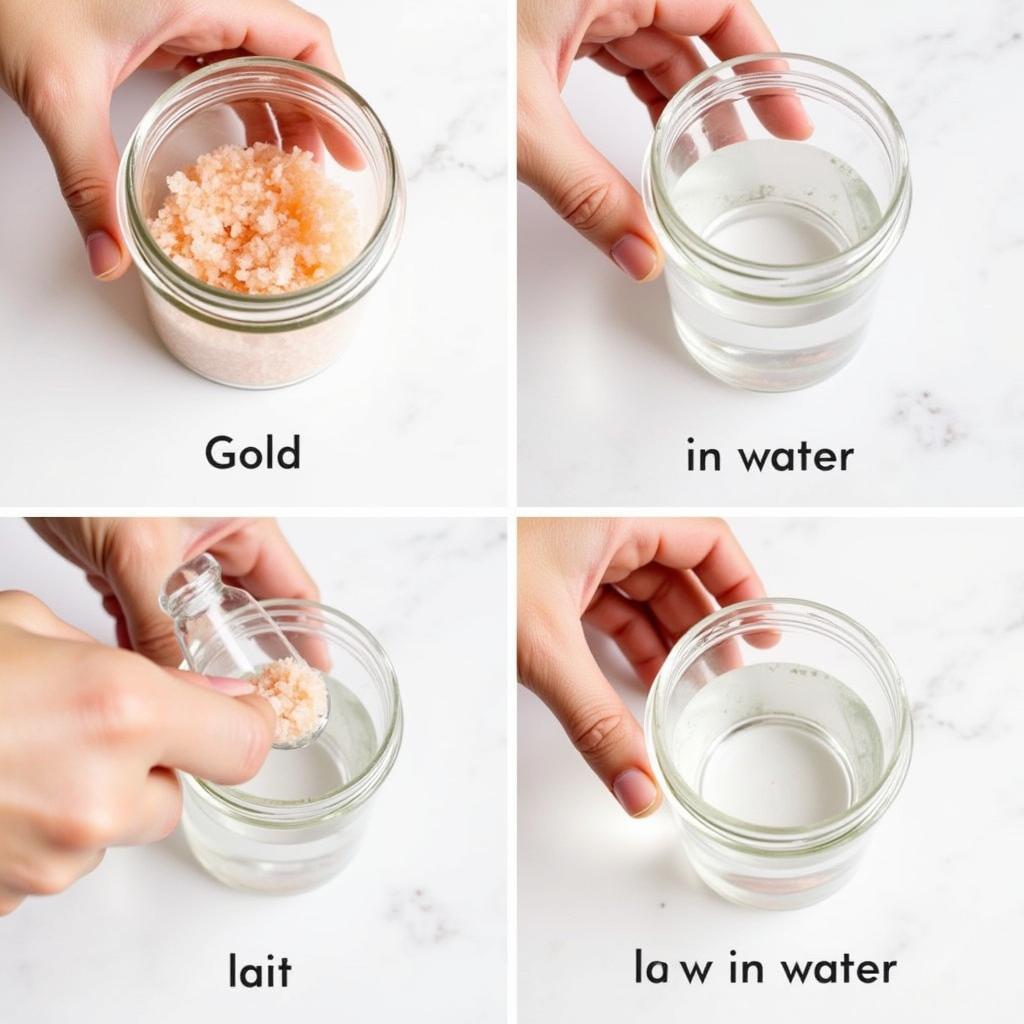Understanding the Benefits of Buying Sole Water
October 10, 2024Sole water, a simple mixture of Himalayan pink salt and water, has recently been gaining traction in the health and wellness community. While it might seem like just another trend, many advocates highlight its potential benefits for overall well-being. But what exactly is sole water, and should you consider incorporating it into your daily routine?
This comprehensive guide delves deep into the world of sole water, exploring its potential benefits, how to make it, and what precautions you should take. Let’s unravel the truth about sole water together.
What is Sole Water and Why is it Gaining Popularity?
Sole water is simply a solution of Himalayan pink salt and water. The term “sole” comes from the Latin word “sol,” which means “sun,” signifying the life-giving properties attributed to this simple mixture.
Unlike regular table salt, Himalayan pink salt is minimally processed and contains trace minerals like potassium, magnesium, and calcium. These minerals are believed to contribute to the purported health benefits of sole water.
 Himalayan Pink Salt Crystals
Himalayan Pink Salt Crystals
Potential Benefits of Sole Water
Proponents of sole water consumption claim a range of advantages, from improved hydration to better sleep. Here’s a closer look at some of the potential benefits:
- Enhanced Hydration: Electrolytes, like those found in Himalayan pink salt, are crucial for maintaining fluid balance in the body.
- Improved Digestion: Some believe that the salt in sole water can stimulate digestive juices, potentially aiding digestion.
- Balanced pH Levels: Advocates suggest that sole water can help balance the body’s pH levels, although more research is needed to substantiate this claim.
- Reduced Muscle Cramps: The electrolytes in sole water might play a role in preventing and reducing muscle cramps, often attributed to electrolyte imbalances.
It’s important to remember that research on the specific benefits of sole water is limited. While these potential benefits sound promising, more scientific studies are needed to confirm these claims.
How to Make Sole Water
Preparing sole water is incredibly easy.
- Gather your ingredients: You only need two things – Himalayan pink salt and water.
- Fill a glass jar: Choose a glass jar with a non-metallic lid.
- Add salt: Add a couple of tablespoons of Himalayan pink salt to the jar.
- Pour in water: Fill the jar with water, leaving about an inch of space at the top.
- Stir well: Use a non-metallic spoon to stir until the salt dissolves.
- Let it sit: Allow the mixture to sit for at least 12 hours or overnight.
 Preparing Sole Water
Preparing Sole Water
How to Consume Sole Water
If you’re considering trying sole water, start by adding a teaspoon of the solution to a glass of water each morning. You can gradually increase the amount as desired, but it’s always best to consult with your healthcare provider, especially if you have any underlying health conditions.
Potential Side Effects and Precautions
While generally considered safe for consumption in moderation, sole water can have potential side effects, especially if consumed in excess. Some of these include:
- Increased Sodium Intake: Excessive consumption of sole water can lead to a high sodium intake, potentially increasing the risk of high blood pressure.
- Gastrointestinal Issues: Some individuals might experience digestive discomfort, such as bloating or nausea, when consuming sole water.
Conclusion
Sole water, a simple mixture of Himalayan pink salt and water, has garnered attention for its purported health benefits. While research is ongoing, potential advantages include improved hydration, better digestion, and reduced muscle cramps. If you’re intrigued by sole water, remember to start with small amounts, monitor your body’s response, and consult with your healthcare provider to ensure it aligns with your overall health goals.